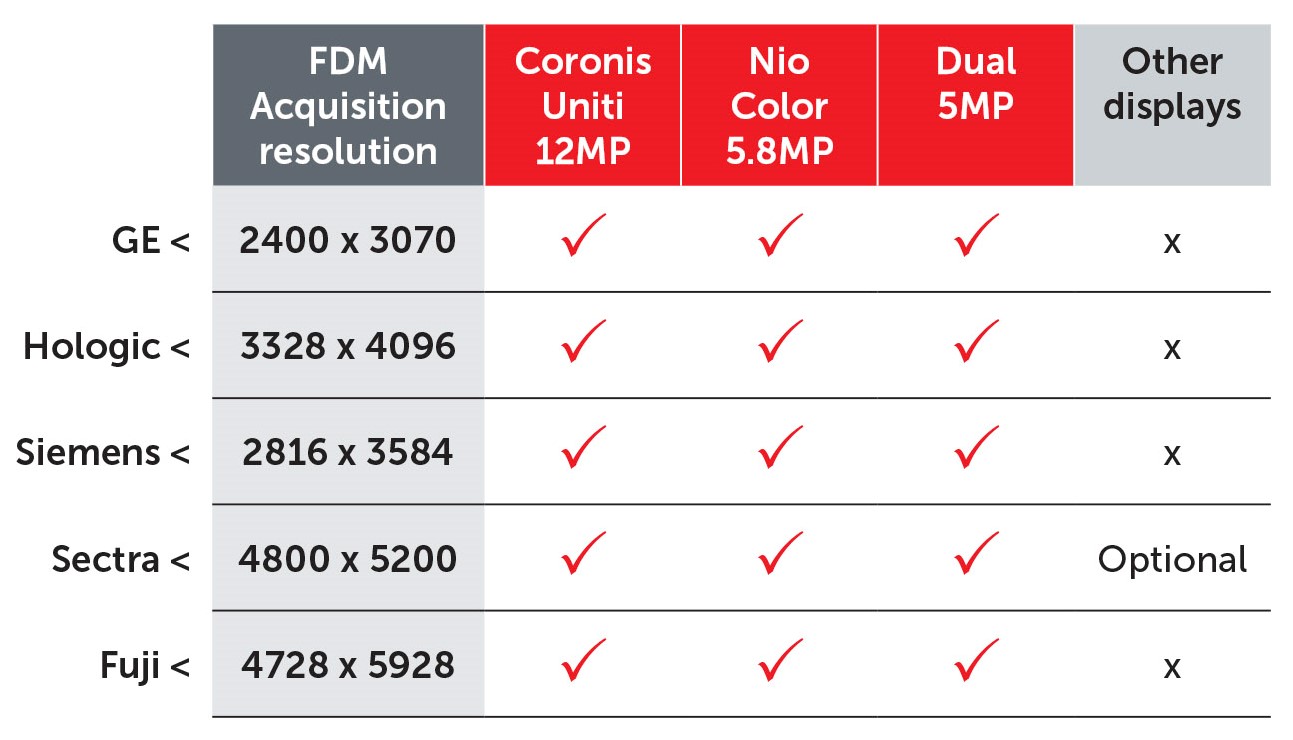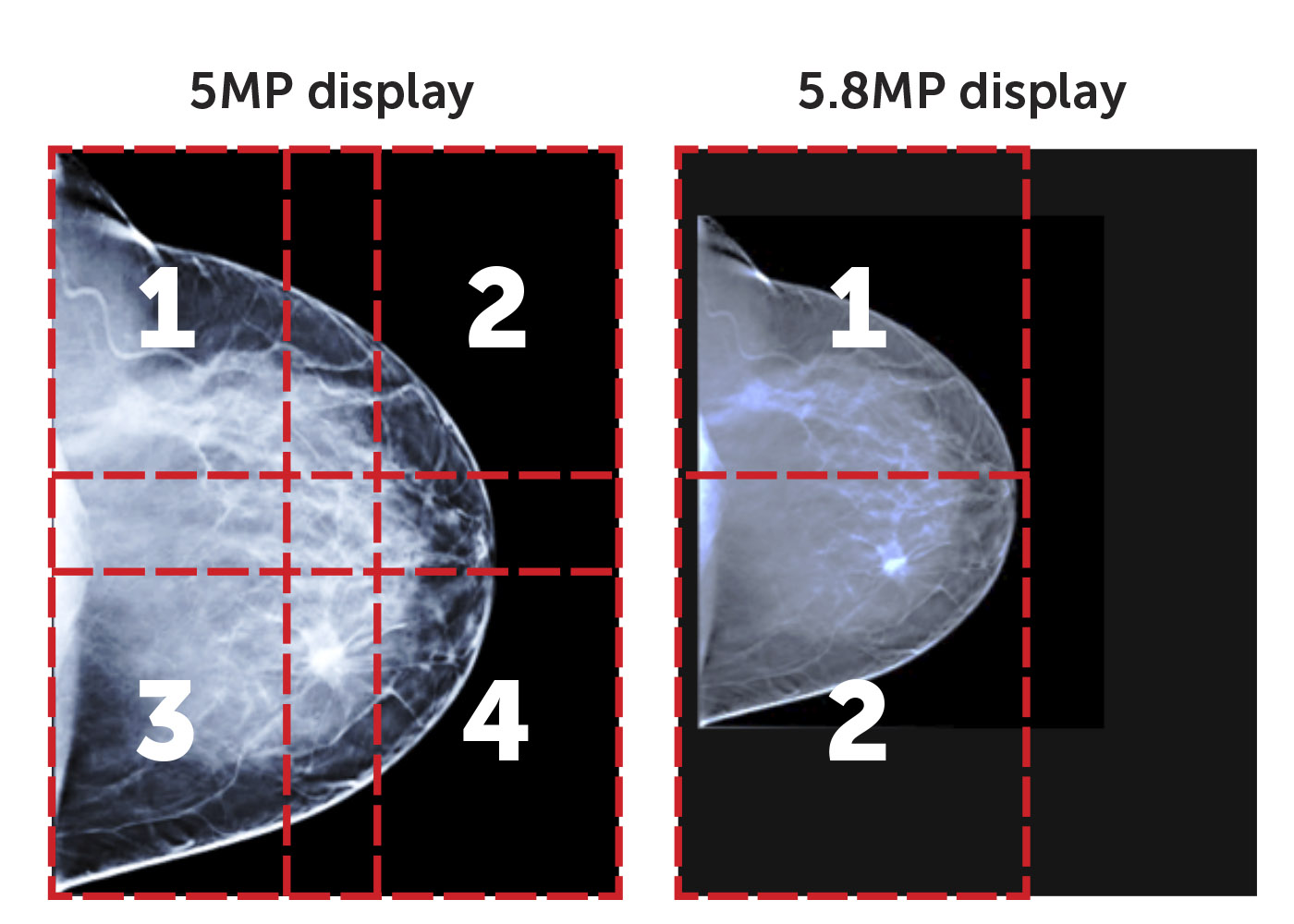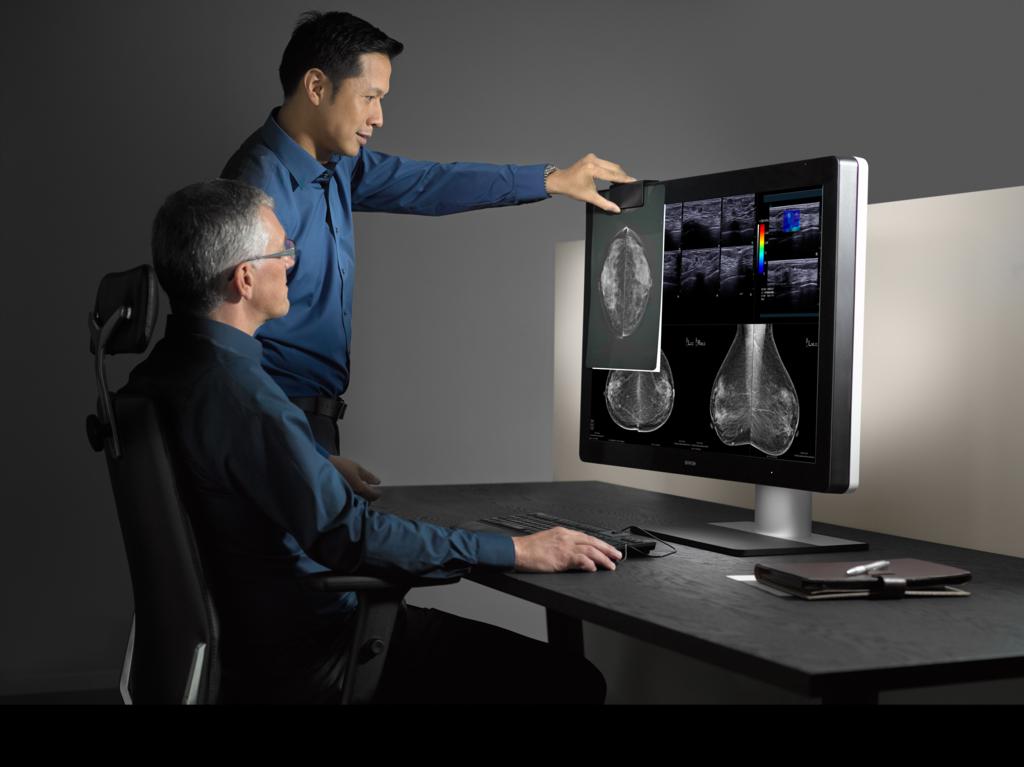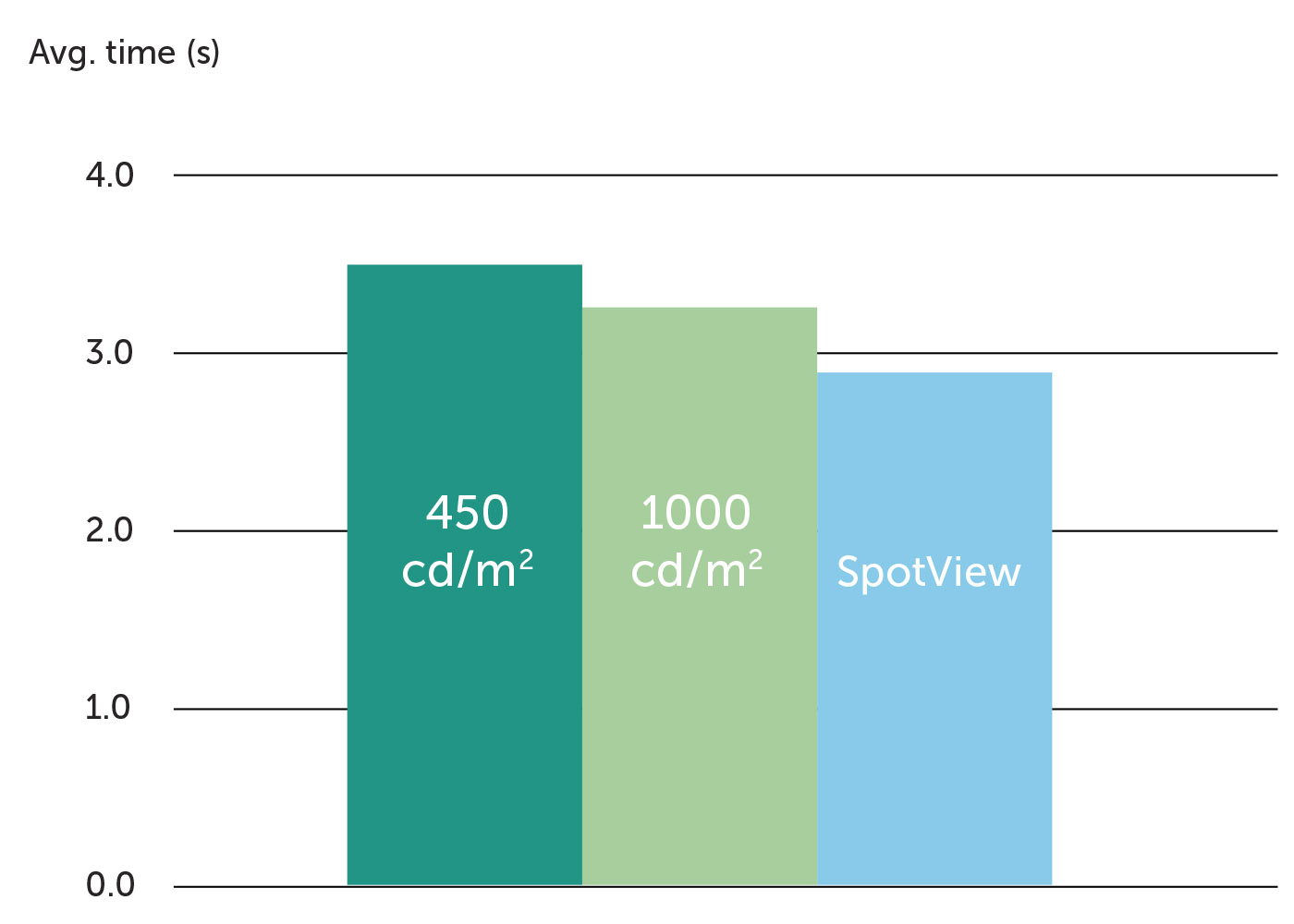


Acquisition versus display
To get a digital breast image, you need a machine that actually takes the images. We call these machines acquisition or imaging systems. The resolution of both the display and the acquisition system should match as closely as possible. This is also recommended by the American College of Radiology (ACR)1. It’s the only way for radiologists to detect every image detail on the screen. The table lists a selection of commonly used imaging systems and mammography displays. The table also shows the native resolution of these systems.



1. ACR–AAPM–SIIM PRACTICE PARAMETER FOR DETERMINANTS OF IMAGE QUALITY IN DIGITAL MAMMOGRAPHY, revised 2017 https://www.acr.org/-/media/ACR/Files/Practice-Parameters/Dig-Mamo.pdf
2. Weschler, M. (2012). 6MP Displays Offer Speed, Comfort Benefits. Auntminnie, 2012 Download PDF
3. Ferranti C. (2017) Academic Radiology: How Does the Display Luminance Level Affect Detectability of Breast Microcalcifications and Spiculated Lesions in Digital Breast Tomosynthesis (DBT) Images? https://www.ncbi.nlm.nih.gov/pubmed/28189505
4. Kimpe, T. R. & Xthona, A. (2012). Quantification of Detection Probability of Microcalcifications at Increased Display Luminance Levels. Breast Imaging, Springer 7361, 490-497. 2012 https://link.springer.com/chapter/10.1007/978-3-642-31271-7_63
5. Krupinski, E. (2018). Reducing Radiation Dose in Digital Mammography by Increasing Display Luminance. Proceedings of SIIM, 2018 https://cdn.ymaws.com/siim.org/resource/resmgr/siim2018/abstracts/18quality-Krupinski.pdf